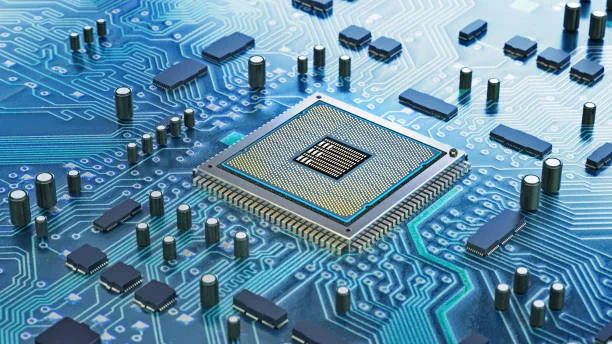In electronic circuit design, rectifier diodes serve as essential components that manage the direction and flow of electrical current. Their primary function is to convert alternating current (AC) to direct current (DC), a process known as rectification. Without this function, most modern electronic devices, which typically operate on DC power, would be unable to function when powered by an AC source. The rectifier diode has thus become a foundational element in both simple and complex electronic systems.
Understanding the Function of a Rectifier Diode
A rectifier diode is a semiconductor device that permits current to flow only in one direction. It is specially made to resist the high currents and voltages that are used in power conversion applications. Unlike signal diodes used in small-signal processing, rectifier diodes are constructed for robustness and reliability in power circuits.
AC voltage is applied to a circuit containing a rectifier diode; the diode conducts current only during the half-cycle when the anode is positive in comparison with the cathode. In the other half-cycle, the diode blocks the current from flowing. This unidirectional current flow converts AC to pulsating DC, thus using capacitors or filters to smooth the output to a stable DC.
Rectifier Diodes in Power Supply Applications
A rectifier diode is one of the most common and most crucial applications in power supply design. The need for a reliable source of power is present in all devices, whether they are simple smartphones or sophisticated equipment. As wall outlets give AC voltage and people use mostly DC voltage for their operations, the rectification process will certainly be needed.
In a simple power supply circuit, a rectifier diode is used either in half-wave or full-wave formation. In a half-wave rectifier, only one diode is used to let only one half of the AC waveform pass. On the other hand, the full-wave rectifier uses either a center-tap transformer with two diodes or a bridge rectifier with four diodes to change both halves of the AC cycle to DC current. This is the reason why it is used more effectively and yields an output that is more consistent and stable.
Rectifier Diodes in Protection Circuit
In addition to power conversion, rectifier diodes are one of the most fundamental functions in protecting sensitive electronic components not from voltage spikes. In power circuits, temporary overvoltage or reverse voltage conditions can create permanent defects in devices, including transistors, I Cs, or microcontrollers. The diode works as a protective device and clamps this voltage or short-circuits the excess current to prevent the effects on sensitive devices.
A rectifier diode that is directly placed in a connection of inductive loads as motors or elements such as relays and transformers, reduce the damaging effect of back EMF (electromotive force) on other circuit parts. The inductive load is turned off unexpectedly that generate a reverse voltage spike. This particular type of diode allows the circulation of this reverse current, hence saving the integrity of the circuitry.
Readers also enjoyed this connected article—check it out.
High Current and High Voltage Applications
The rectifier diode finds its prominent application in high power circuits, which is definitely its advantage. The handling of high power is a common feature in automotive, industrial, and solar power systems, and the diodes have to be exceptionally good so as to endure. Power rectifier diodes are often placed on metal casings outside of buildings, and their functionality is guaranteed even under such adverse circumstances.
In solar systems with wind power inverters, the AC current generated must be transformed to DC current that can be stored or used for other applications. The rectifier diode thus becomes an integral part of the process since it ensures the power generated is transferred very efficiently with minor losses, this in turn has a positive effect on the overall energy efficiency of the system.
Properties That Affect Circuit Performance
The principal concerns for engineers when dealing with rectifier diodes are the forward voltage drop, recovery time, and current rating specifications. The forward voltage drop is key in reducing conduction losses, while a fast recovery time is especially important for high-frequency switching applications. Providing the circuit with the necessary conditions for optimum long-lasting performance begins also with the right choice of the diode.
The issue of heat management is just as critical. Diodes work by converting power into heat; therefore, using a rectifier diode with good thermal management or including external heat sinks ensures the safe operation of the diode by keeping the operating temperature within safe limits.
Conclusion
Rectifier diodes are indispensable components in modern electronics. Their ability to control current flow, convert AC to DC, and protect sensitive components makes them a core element in circuit design. Whether used in basic power supplies or sophisticated energy systems, the rectifier diode provides reliability, efficiency, and essential functionality. As electronic devices continue to evolve and demand more robust power management, the rectifier diode will remain a critical part of designing circuits that are both powerful and safe.
Ready for a deeper dive? Our most popular pieces live at MANAGEMENT WORKS MEDIA.






